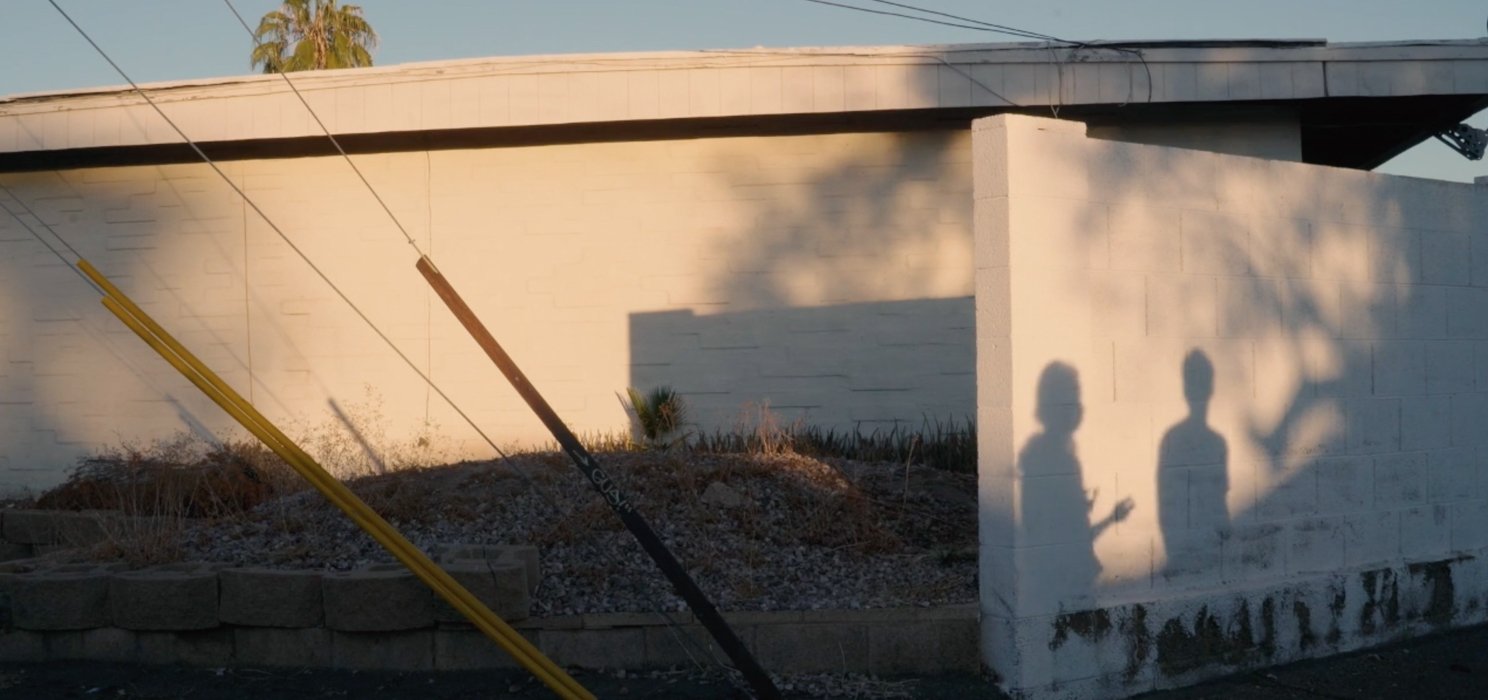Issue 161
Winter & Spring 2022
-
When I started working with TriQuarterly as a fiction reader in 2017, I didn’t know what I was looking for. Reading submissions, suggesting what work would be published in a literary journal that has been produced since 1958 became an overwhelming task. Fortunately, the entire issue archive is available freely on our website.
I have spent a lot of time digging through TriQuarterly’s digital archives, initially for inspiration to design announcements for new issues, award nominations, and conference swag. The more I browsed, the more I became enamored with the writing and and the art and the design. There are issues dedicated to science fiction (49), to prose from Spain (57), to Mexico (85), to Asian Literature (31), to Love/Hate (47), and our previous issue, to Black Voices (160). In the Festschrift for Edward Dahlberg (19) there is this photo from Ralph Eugene Meatyard, published two years before Meatyard’s death in 1972.
There is beautiful ephemera included in these back issues: calls for submissions in writing contests long since ended, advertisements for bookstores long since out of business, and the opportunity to purchase a TriQuarterly t-shirt by mailing $8 to an office building in Evanston. My personal favorite of these ads comes from Issue 5, in which the Booksellers Association of Greater Chicago took out a full page calling for donations to bookseller, Paul Romaine, who was fined $1000 after a sting, for selling the 18th century novel Fanny Hill to an undercover cop.
There are stories in the margins on these back issues. There are stories connecting people across places, across time. The writing and videos in this issue continues this tradition. Anney Bolgiano’s essay “The Best Pedagogical Way” channels Kafka through his industrial pamphlet “Measures for Preventing Accidents from Wood-Planing Machines.” The collective “we” in Ghassan Zeineddine’s “Speedoman” contemplate assimilation and the public pool. In “EI Silencio” by Sergio Reyes, he offers us a necessary reflection on silence in grief. In the first of what I hope will become a new series, Ed Roberson’s “PORTRAIT PORTRAITURE” is available as a digital chapbook. These and every piece here are building something.
In my first issue as managing editor at TriQuarterly, I realize we can never live up to this journal’s history, but rather, are contributing to this journal’s future. I am fortunate to have worked with such predecessors as Aram Mrjoian (Issues 157-160) and Carrie Muehle (Issues 153-156) as managing editors before me, who set the tone for quality and innovation.
I still don’t always know what I am looking for, but thanks to the dedication of TriQuarterly’s editors and submissions readers, the patience of Northwestern’s tech team, the guidance of Susan Harris and Reginald Gibbons, and the collaboration of the writers, I am certain we will find it together.
All the best,
Joshua Bohnsack
Managing Editor
Managing Editor: Joshua Bohnsack
Assistant Managing Editor: Kayla Kumari Upadhyaya
Faculty Advisor: Susan Harris
Director of Planning: Reginald Gibbons
Film Editor: Sarah Minor
Fiction Editors: Vanessa Chan, Jennifer Companik, Erin Branning Keogh, Emily Mirengoff, Laura Joyce-Hubbard
Nonfiction Editor: Starr Davis
Poetry Editor: Daniel Fliegel
Social Media Editor: Kayla Kumari Upadhyaya
Copy Editor: Lys Ann Weiss
Media Architect: Harlan Wallach
Technical Advisors: Alex Miner, Rodolfo Vieira, Nick Gertonson
Staff: Adrienne Rozells, Amanda Vitale, April Yee, Ashton Carlile, Amanda Dee, Becky Payne, Cecilia Rabess, Christopher Lombardo, Corey Miller, Dane Hamann, Elijah Patten, Ellen Hainen, Emma Fuchs, Erika Carey, Gillian Barth, Grace Musante, Holly Stovall, Ivis Whitright, Jameka Williams, Jonathan Jones, Laura Humble, Katana Smith, Kira Tucker, Liz Howey, Marcella Mencotti, Matthew Richardson, Megan Sullivan, Michaela Ritz, Michele Popadich, Miranda Garbaciak, ML Chan, Morgan Eklund, Myra Thompson, Nimra Chohan, Patrick Bernhard, Prince Bush, Puck Orabel, Rebecca van Laer, Susan Lerner, Suzanne Scanlon
Image from The Inventors
An Introduction to Video Essays
In this video suite we present four pieces created, submitted, and in some manner in conversation with depictions of isolation and collective loss.

